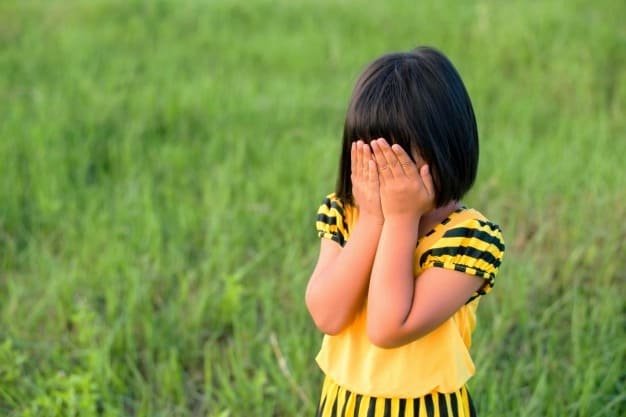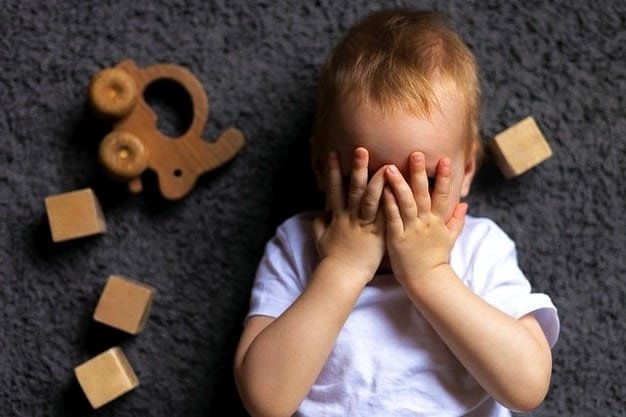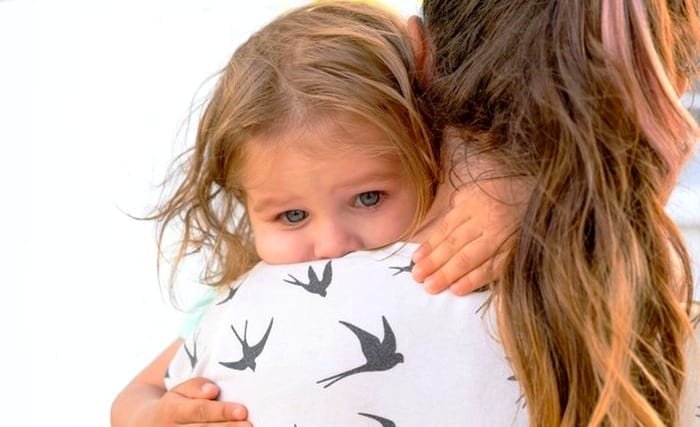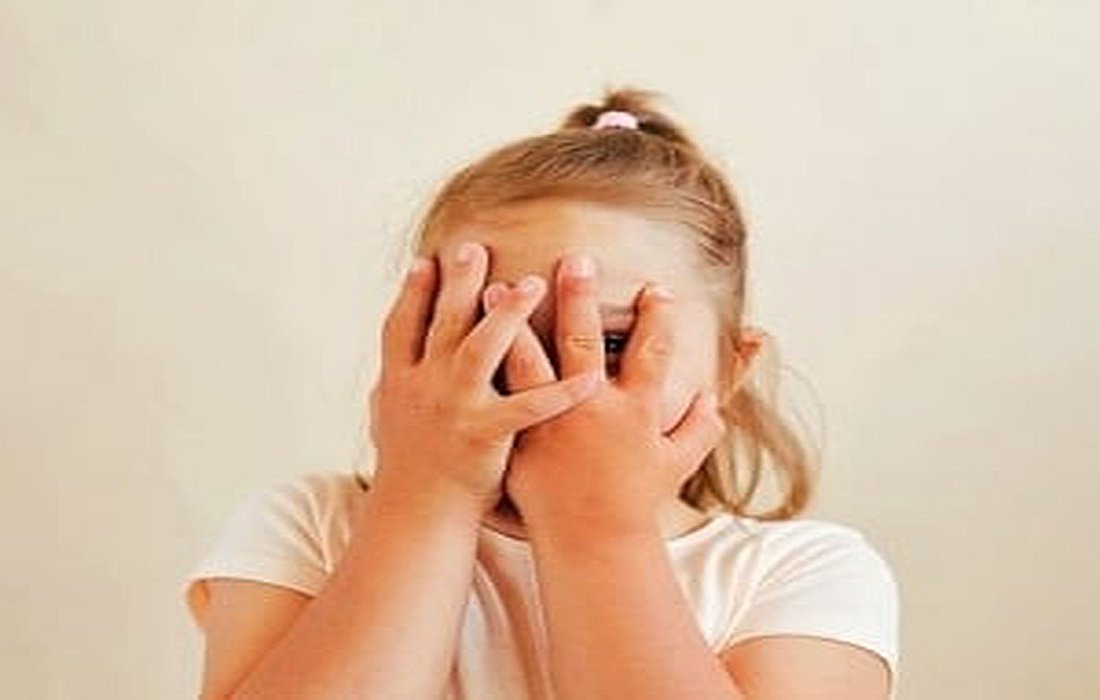Understanding Shy and Timid Children: Who Are They and How Can We Help?
One common issue that many children and teenagers face is the feeling of shyness and timidity.Timidityrefers to the discomfort felt when being in a group. Some children feel this way due toshynessand sometimes a lack ofself-confidencewhich can lead to many difficulties in making friends and interacting with adults, potentially causing problems for them in the future. It’s important to socialize a shy child from the start.
General Characteristics of Shy Children
1. They really do feel shy compared to other children. They may appear nervous or scared and don’t talk much, often playing alone.
2. They watch what other kids are doing but don’t join in; during recess, they observe others playing without joining the fun.
3. They are very quiet and don’t have much to say to other children.
When they’re with other kids, they feel like everyone is looking at them, often playing alone even among familiar people, or silently watching others enjoy themselves without joining in.
The Vicious Cycle of Shyness
Many shy children get caught in a vicious cycle that prevents them from engaging with other kids: feeling uncomfortable in social settings leads them to avoid interactions with peers. This means they practice less, play with other children less often, and have fewer opportunities to develop social skills such as conversation, resolving conflicts, sharing, or thinking of fun things to do. Their relative lack of success makes them feel awkward and more likely to avoid social situations.
Shy children isolate themselves from others because they focus on their own discomfort and do not seek friendships with other kids.
Other children often react negatively to this cold behavior; compared to those who don’t withdraw, shy kids are likely to be actively disliked by their peers. On the other hand, there is some evidence that shyness can be more socially acceptable in certain Asian cultures.

Characteristics of Shy Children
Types of Shy Children:
Based on ranking and observations, Gzel identified three main subgroups of shy children with very different social patterns. All these children exhibited the previously mentioned shy behaviors, but what they did was heavily influenced by how other children interacted with them (Note: some shy children did not fit into any of these categories).
1) Agreeable Shy Children
While these children did not start conversations or play, they responded warmly when a peer approached. These kids were generally accepted by their peers and often preferred having many friends, being seen as fun and more sociable by other children. Despite their tendency to hold back, their openness to suggestions from other children and possibly positive family relationships allowed them enough social skills to get along with peers.
2. Immature Shy Children
These children often lagged behind in social situations, but when they tried to approach their peers, they acted in ways that other kids found annoying or childish.
Other children often ignore immature shy kids. They are more likely than agreeable shy kids to dislike being rejected by their peers, as they hesitate between being isolated and seeking attention in destructive and attention-seeking ways. They also tended to have fewer friends than average.
3) Stubborn Shy Children
These children appear contradictory and shy, but Gzel identified a group of children who often kept to themselves yet behaved angrily or hostilely when they interacted with others. Compared to more social children and other shy children, these kids have the most connections with each other and are likely to be rejected by their peers due to their unpleasant behavior and having few friends to defend them.

Types of Shy Children
Where Does Shyness Come From? What Causes a Child to Feel This Way?
Genetics, yes, shyness is partially hereditary.
Like many inherited traits, research suggests that the tendency to be shy may be genetic. Sometimes, being shy is ingrained in a child’s nature, meaning its origin is biological and genetically transmitted.
Suppression by Others as a Cause of a Child’s Shyness
Being shy does not always stem from genetic factors; sometimes, hereditary predispositions are reinforced by environmental factors, including the child’s experiences, learning from their surroundings, and the suppression of their confidence by the adults around them, especially parents.
Fear of Failure and High Expectations from Parents
It’s interesting to note that children who face expectations far beyond their capacity often feel bad when they can’t meet them correctly, and this discomfort turns into a fear of failure, leading them toward shyness.

What Causes a Child to Be Shy?What Is It?
Parental Behavior
It is a fact that cannot be denied that shy parents teach this emotion to their children, ultimately leading to children who are shy. In different social situations, children observe and learn from their parents’ interactions with others.







